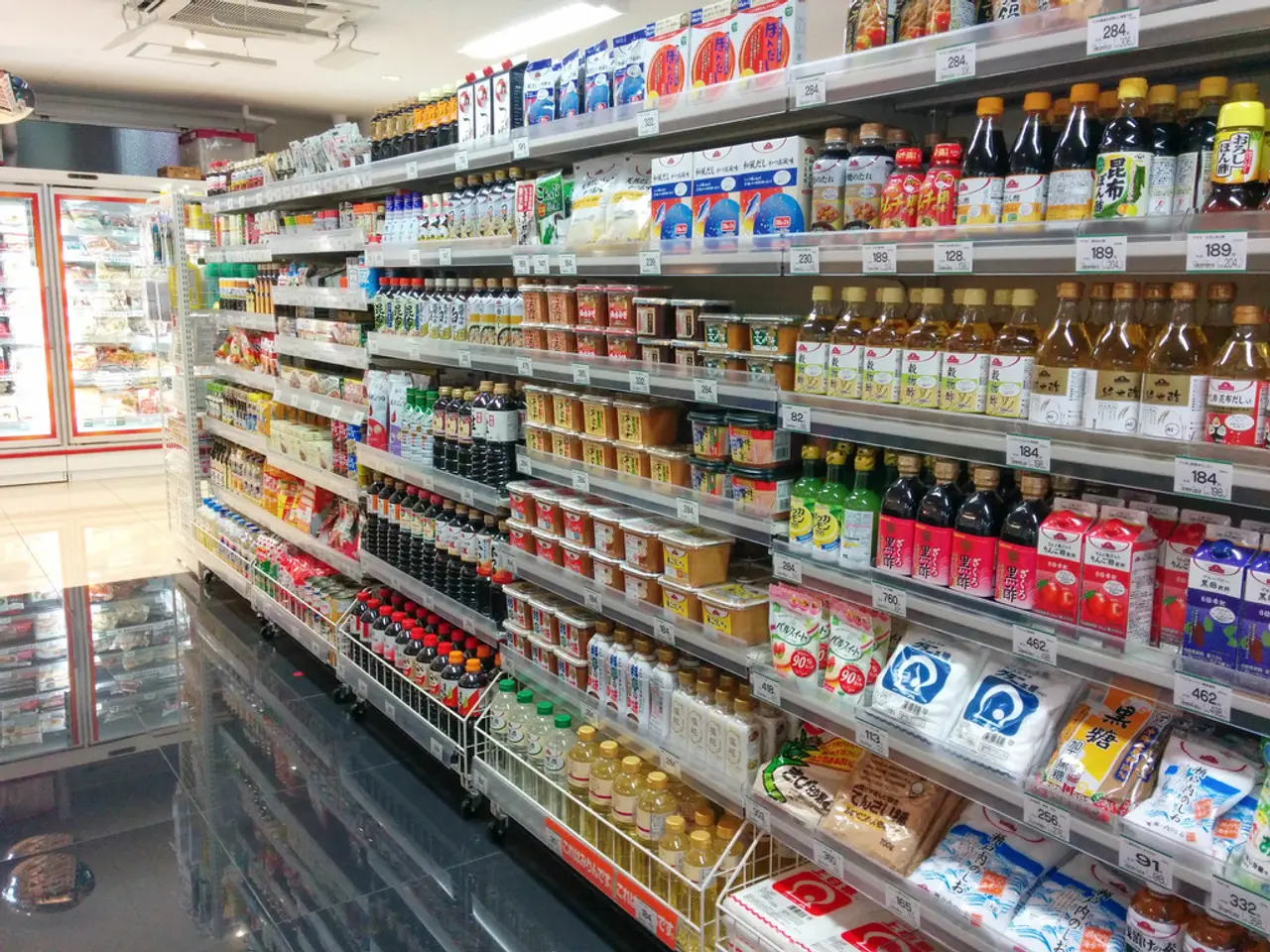Prospective buyers face prospects and obstacles in possible acquisition of Intermex
Intermex, a major remittances company in Latin America, has announced that it is exploring a potential sale during its Q3 2024 earnings. The move, according to Chairman and CEO Bob Lisy, aims to create flexibility to optimize growth and better fulfill Intermex's potential as an industry-leading fintech.
The potential sale is being explored with a view to capitalizing on growth opportunities and better serving Intermex's role as a leading player in the fintech industry. The company has a powerful market share in several key US to Latin America corridors, but its presence beyond these markets is minimal and requires significant investment to grow.
Intermex's growth opportunities center on its new Remittance-as-a-Service (RaaS) platform, which enables businesses—including fintechs and payment providers—to offer branded cross-border money transfer services easily. This platform expands Intermex’s reach beyond Latin America and the Caribbean into new regions like Southeast Asia, the European Union, and Africa, leveraging its strong payout network in Latin America and regulatory compliance expertise.
The RaaS platform positions Intermex well for scalable growth by embedding remittance seamlessly into third-party customer experiences and unlocking new revenue streams. Compared to competitors, Intermex differentiates itself through its strong Latin American payout network, regulatory licensing across U.S. jurisdictions ensuring compliance, and a customizable platform supporting multiple channels like WhatsApp, mobile, and web with advanced anti-fraud and customer support features.
The potential buyer profile for Intermex likely includes U.S.-based fintech companies looking for turnkey, compliant remittance infrastructure to expand their international payment offerings quickly. Established payment providers seeking to enhance their cross-border capabilities without building complex technology and compliance systems from scratch are also potential buyers. Private equity firms or strategic acquirers interested in the growing Latin American remittance corridor and in companies with advanced technology and regulatory licenses are also likely candidates. Businesses or investors focused on markets with high remittance inflows such as Mexico, Guatemala, Honduras, Dominican Republic, and El Salvador, which Intermex currently serves, are also attractive to potential buyers.
The report covering Intermex's strategy, financials, and proposition versus the market in the context of a potential sale also delves into Intermex's digital money transfers, focusing on its growth and potential. The report offers insights into the Latin American market presence of Intermex and provides an analysis of Intermex's background and history as a public company.
Further investment is required to maximize Intermex's digital growth. The sale process is being supported by FTP Securities (investment bank FT Partners), who have been retained as financial advisors. A move to becoming a privately held company, like MoneyGram in its 2022 acquisition by Madison Dearborn Partners, may allow Intermex to break out from its cycles of sluggish growth and commit serious investment to stepping up the company's presence and reach.
In summary, Intermex’s growth hinges on expanding the adoption of its RaaS platform into new sectors and geographies, while attractive buyers would be fintech and payment companies needing scalable cross-border payment solutions or financial investors targeting the growing Latin American remittance market.
The potential sale aims to attract investors who can provide further investment to maximize Intermex's digital growth, allowing the company to break out of its cycles of sluggish growth and commit serious investments in expanding its reach beyond Latin America. By acquiring Intermex, investors can capitalize on its role as a leading fintech player and its powerful market share in key US to Latin America corridors, while also leveraging its new Remittance-as-a-Service platform to tap into new growth opportunities in regions like Southeast Asia, the European Union, and Africa.




